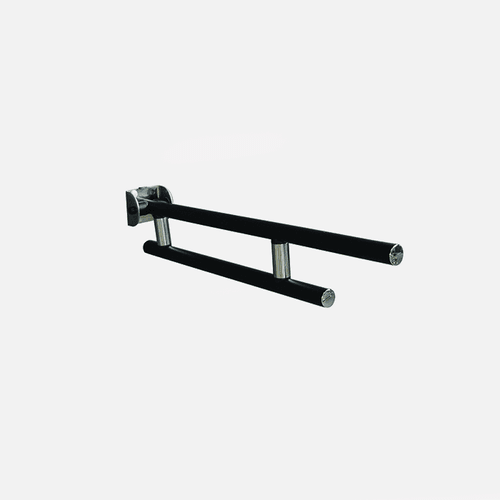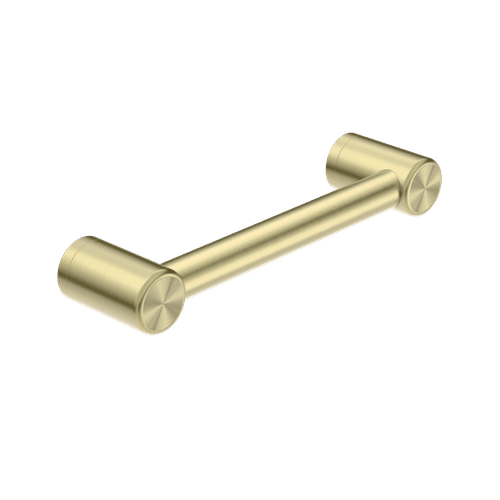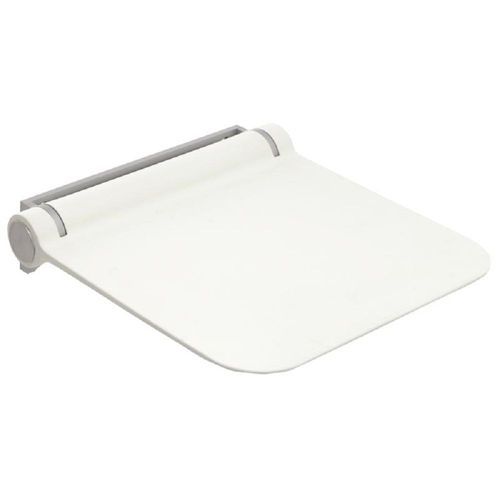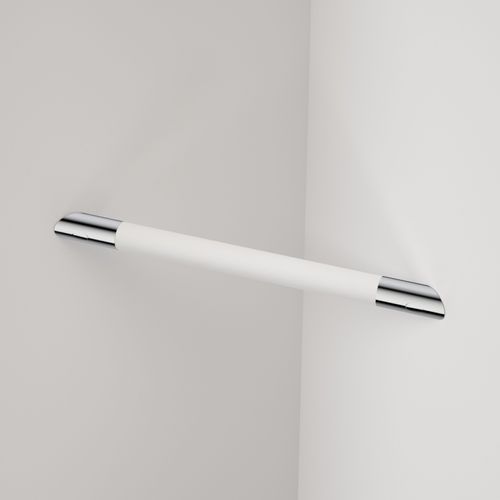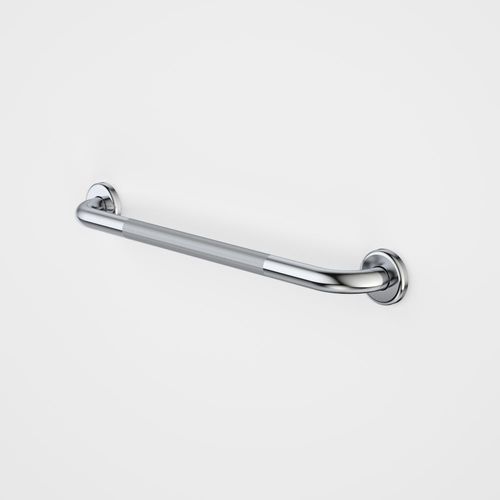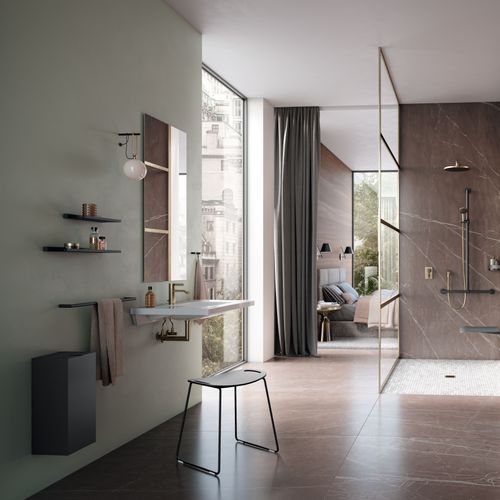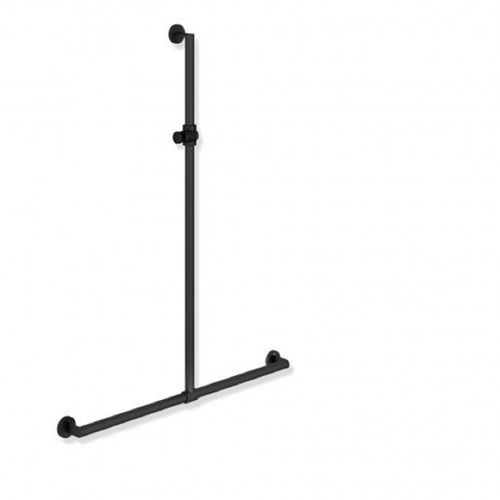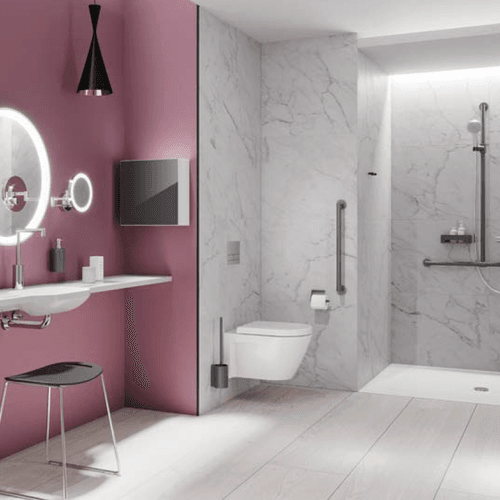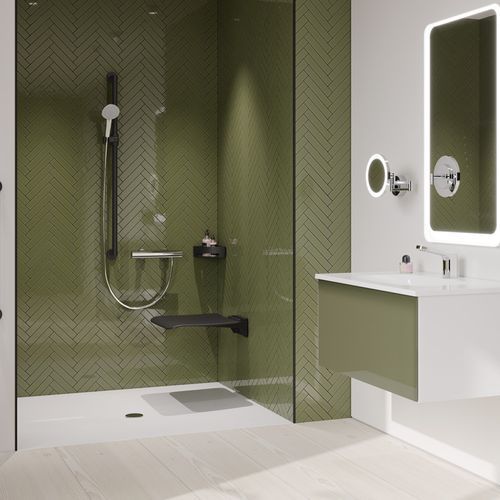Bathroom Accessibility
- Bathroom accessibility features include specially-designed bathtubs and showers as well as grab rails and shower seats. They are a vital part of life for disabled people as well as the elderly. Everyone should be able to use the bathroom easily and comfortably, which is why the range of bathroom accessibility features at ArchiPro contains affordable, well-designed products to make living at home more comfortable for every loved one.Why ArchiPro?
No more endless searching -
Everything you need, all in one place.Real projects, real experts -
Work with vetted architects, designers, and suppliers.Designed for New Zealand -
Projects, products, and professionals that meet local standards.From inspiration to reality -
Find your style and connect with the experts behind it.Start your Project
Start you project with a free account to unlock features designed to help you simplify your building project.
Learn MoreBecome a Pro
Showcase your business on ArchiPro and join industry leading brands showcasing their products and expertise.
Learn More

